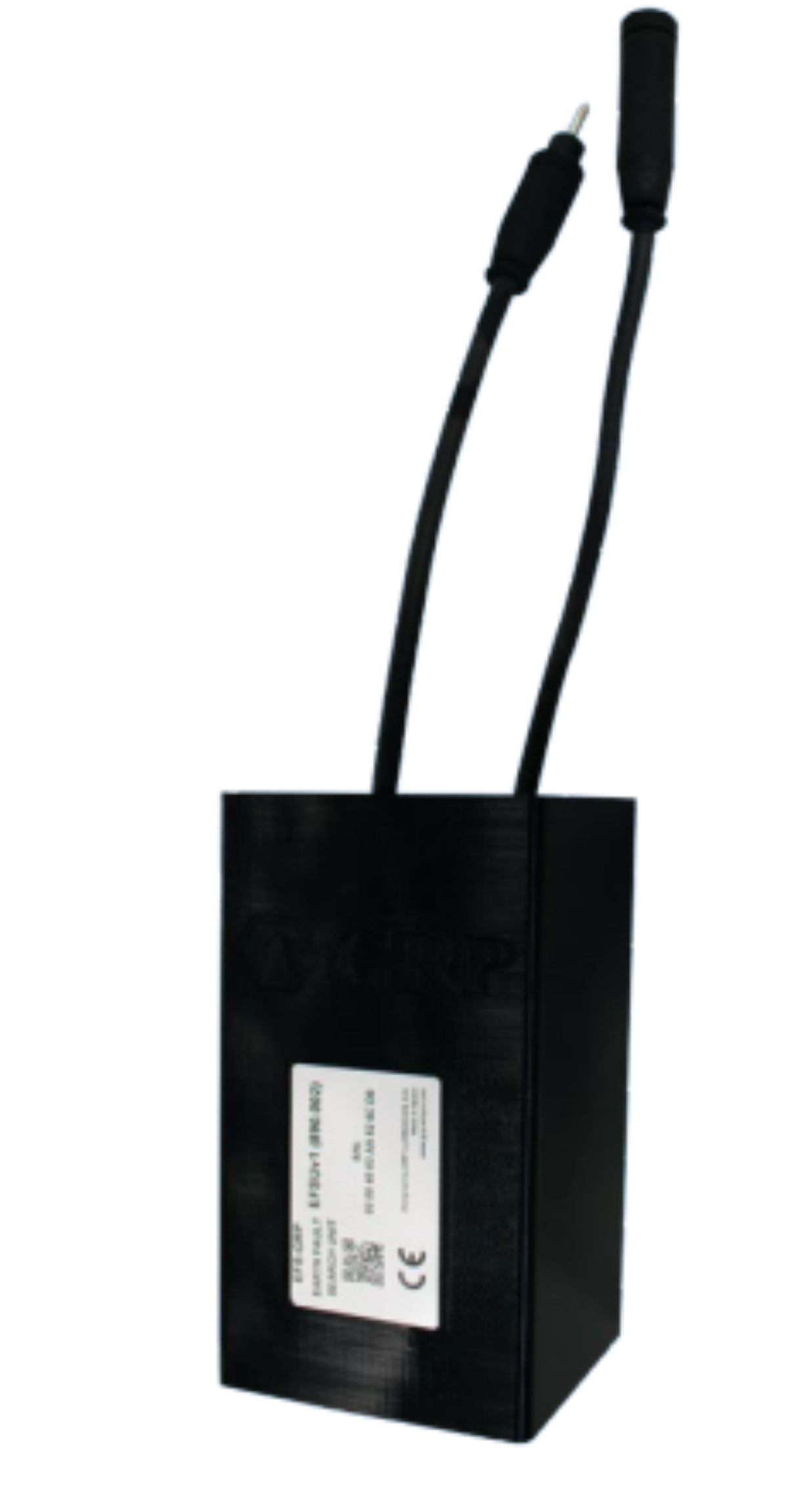Earth Fault Detection System (EFDS)
Primary circuits are key to AGL installation. Their insulation level is a main concern for airports. It may not be a big issue from an electrical point of view, but it does impact operation as a low insulation can affect Airfield Ground Lighting brightness and it may also be a first sign of a more serious infrastructure issue.
Our Earth Faulty Detection System will provide an accurate assessment of your primary circuit state and map its insulation level across the entire circuit.
This smart data is available 24/7 and will allow maintenance teams to monitor the evolution of the primary circuit status in real time (and depending on weather conditions) identifying any hot spots and providing relevant location information. This will speed up dramatically the fault-finding process and provide the AGL engineer with a specific location to plan and start pinpointing the exact fault for repair, saving hours of painful field research process.
The more EFSU units are installed the smaller the fault detections areas will be and allow a faster response time to identify where on the airfield the earth fault lies.
EFSU units create zones and measure the voltage between units to give a reading of the insulation level.

A high result is shown in red below to identify a zone where an earth fault needs attention.

The System
The system works alongside your current airfield circuit, no new cabling is required.
A combination of field units (EFSU’s) is installed in technical pits or inside AGL light fitting bases, and a Smart-EFS cabinet that is located next to the CCR supplying the AGL circuit.
The EFSU’s are connected in series on the primary circuit. The Smart-EFS Control Unit (CU) is providing the test voltage and will recover each field unit measurement, thanks to cutting edge patented and proprietary communication technology.
The Smart-EFS is processing live field measurements constantly in order to create an accurate map of the circuit and giving the operator relevant information regarding the insulation values in each section of the airfield.
The information is available either locally or through the airport maintenance interface, to which the system is connected through an Ethernet connection using Modbus/IP protocol.
Operationally the circuit insulation measurements are similar to the ones performed by Mega Ohmmeters or AGL CCR’s (referring to IEC 61822 earth fault detection chapter) and therefore are fully compatible to AGL operation conditions and airport maintenance procedures. The system fault finding detection range can be adapted and will be designed according to local needs and maintenance objectives by adding EFSU units at any point in the future. The more EFSU units are installed the smaller the fault detection areas will be and allow a faster response time to identify where on the airfield the earth fault lies.
System Components
A typical Installation would consist of one EFS Control Unit and nine EFSU Earth Fault Search Units placed equally around the airfield (to create nine zones for monitoring the faults).

Earth Fault Search Unit (EFSU)
Fully compliant and compatible with the existing AGL installation, it shares the same primary connectors and will easily fit into the primary circuit. Its most convenient location would be near an AGL transformer inside a pit.

Smart EFS Control Unit (CU)
This cabinet should be located in the Electrical substation next to the supplying CCR. It is connected to the primary circuit and to the AGL ground network, Its purpose is to provide the earth fault testing voltage, field data recovery and synthesis and maintenance/monitoring system interface
Earth Fault Detection System (EFDS)

_460x320.png#72389;thumbnail;460;320)





_460x320.png#72415;thumbnail;460;320)